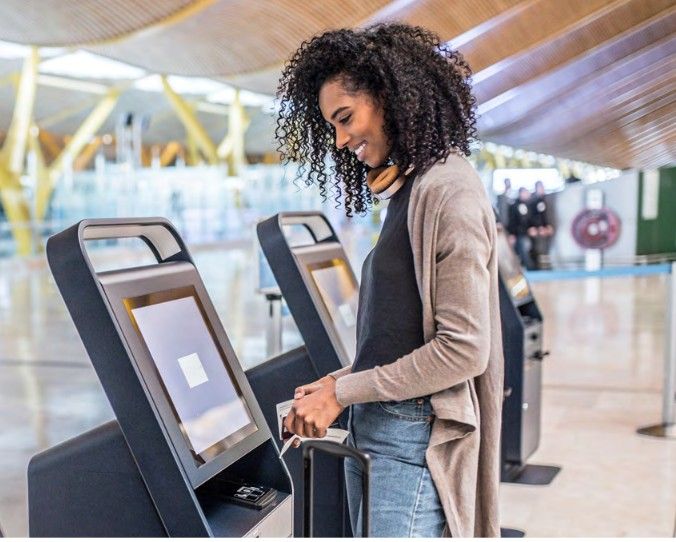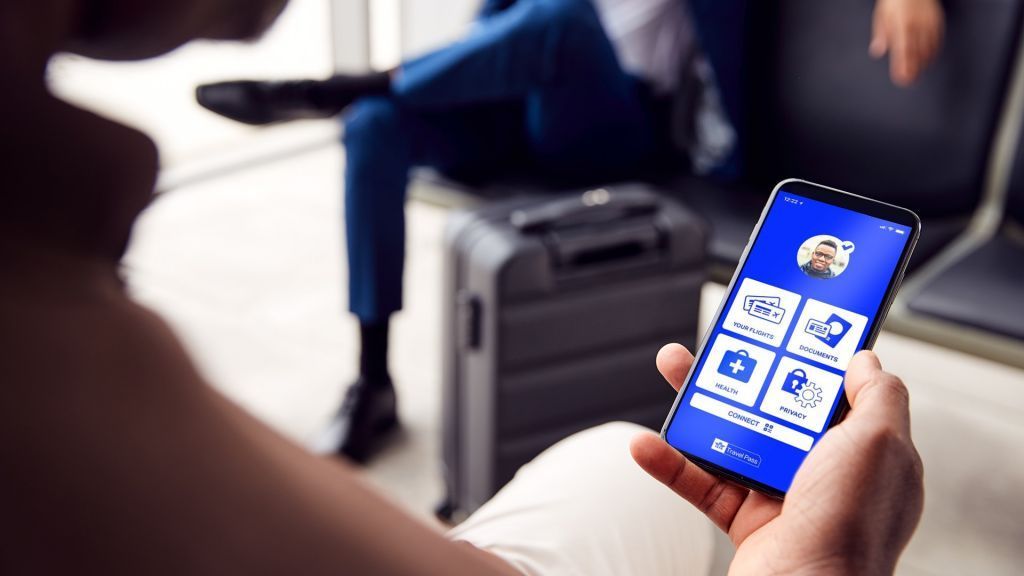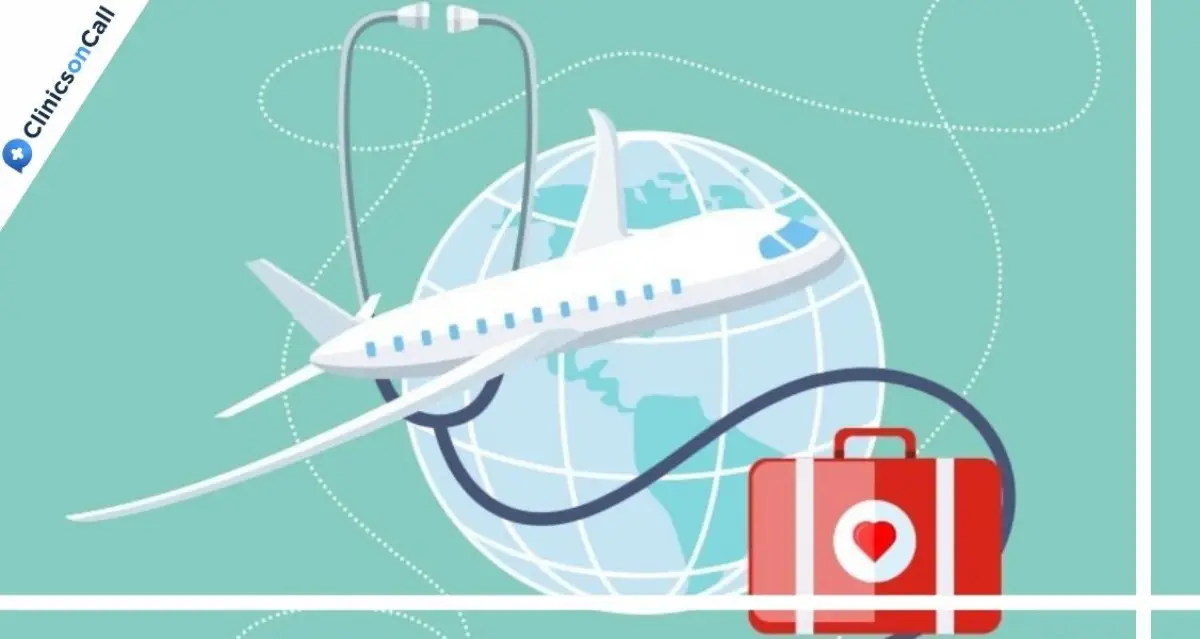The Transportation Security Administration revealed its plan to expand the use of biometrics technology as part of its continued effort to enhance security and the traveler experience.
The TSA Biometrics Roadmap for Aviation Security and the Passenger Experience will guide the agency’s biometric efforts to modernize aviation passenger identity verification in the coming years.
“With the threat to aviation evolving every day, developing the next generation of security technology with our industry partners is critically important,” said TSA Administrator David Pekoske. “By expanding our use of biometrics, TSA secures its position as a global leader in aviation security and advances global transportation security standards.”
Currently, TSA and airline partners verify traveler identity primarily by processing biographic data and inspecting physical identity and travel documents. The use of biometric technology will simplify the passenger experience and increase efficiency and security effectiveness.
The roadmap focuses on four main goals: 1) partnering with U.S. Customs and Border Protection (CBP) on biometrics for international travelers; 2) using biometrics provided by TSA Pre✓® members to enhance the travel experience; 3) expanding biometrics to additional domestic travelers; and 4) developing the infrastructure for biometric technology. TSA is already carrying out these objectives through smart investments and collaborative partnerships.
Early this year, TSA began testing facial recognition technology for international travelers at Los Angeles International Airport (LAX). TSA began collaborating with CBP in 2017 at John F. Kennedy International Airport and expanded testing to LAX in August. CBP’s technology matches facial images to photos in government databases, such as photos obtained from passports or visa applications, to verify identity and reduce reliance on physical documents.
Additionally, TSA has already begun testing biometrics for TSA Pre✓® travelers. In June 2017, TSA tested fingerprint technology at a TSA Pre✓® lane at Hartsfield–Jackson Atlanta International Airport and at Denver International Airport. The technology matches passenger fingerprints provided at the checkpoint to those provided to TSA by travelers who have enrolled in TSA Pre✓®. As of September 2018, passengers who enroll in TSA Pre✓® or renew their membership in person are required to provide their photograph. Using applicants’ photographs, TSA will test facial biometric technology in TSA Pre✓® lanes at select airports once enrollment numbers support this testing. By expanding the use of biometrics to TSA Pre✓® members, TSA will continue enhancing the experience for trusted travelers.
Later this month, TSA is partnering with Hartsfield-Jackson Atlanta International Airport, Delta Air Lines and CBP to launch the first biometric terminal that uses facial recognition to automate many processes in the travel experience, from self-service bag drop, to ID verification, to boarding a flight.
“By testing biometrics technology in the airport environment, TSA hopes to increase security effectiveness and stay ahead of the threat,” said Pekoske. “We will continue to leverage our partnerships to deliver enhanced capabilities to checkpoint lanes throughout the country.”
As technology continues to advance, TSA hopes to reduce the need for physical forms of identification by developing systems that use facial images and fingerprints to verify passengers’ identity.















